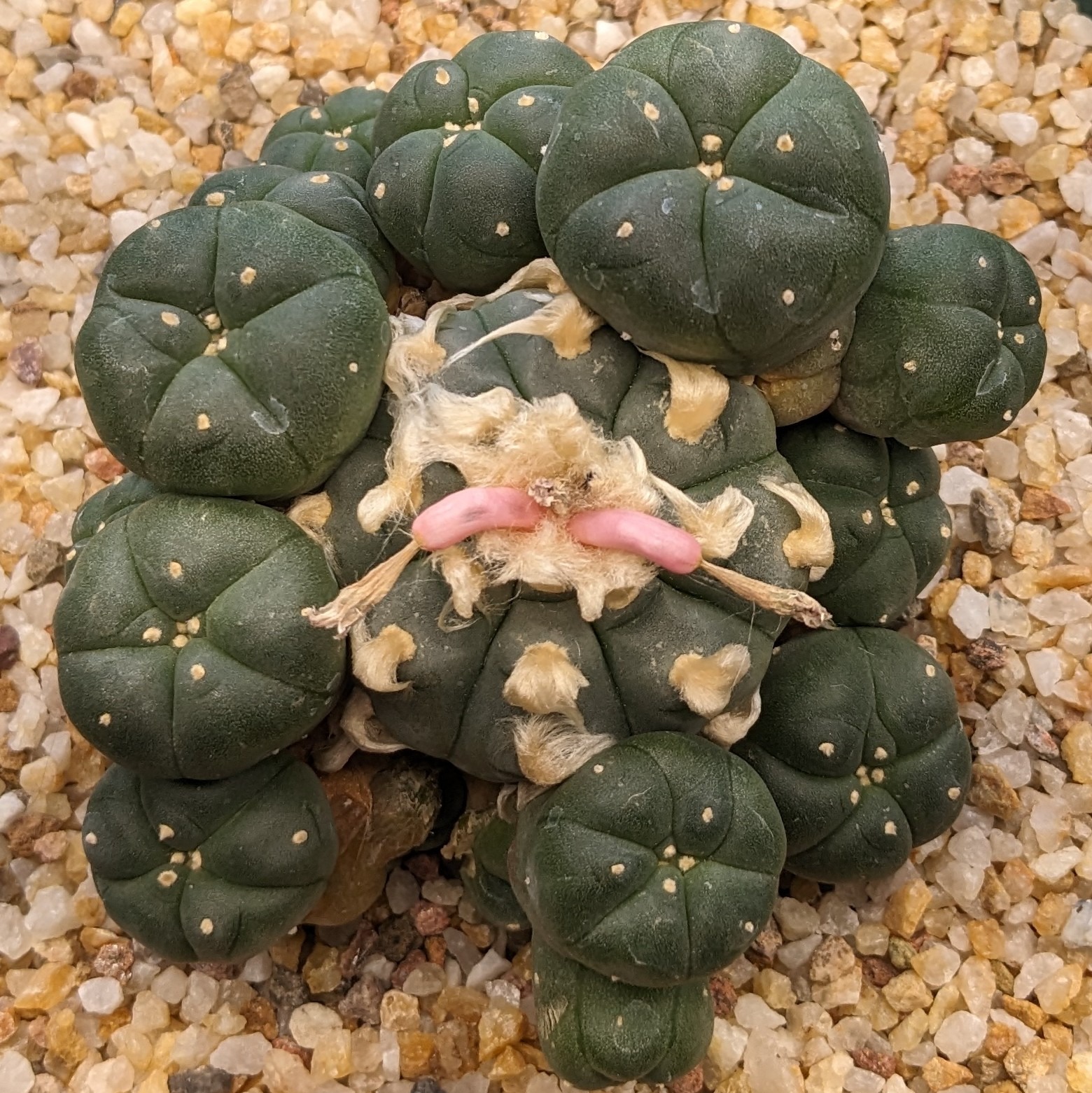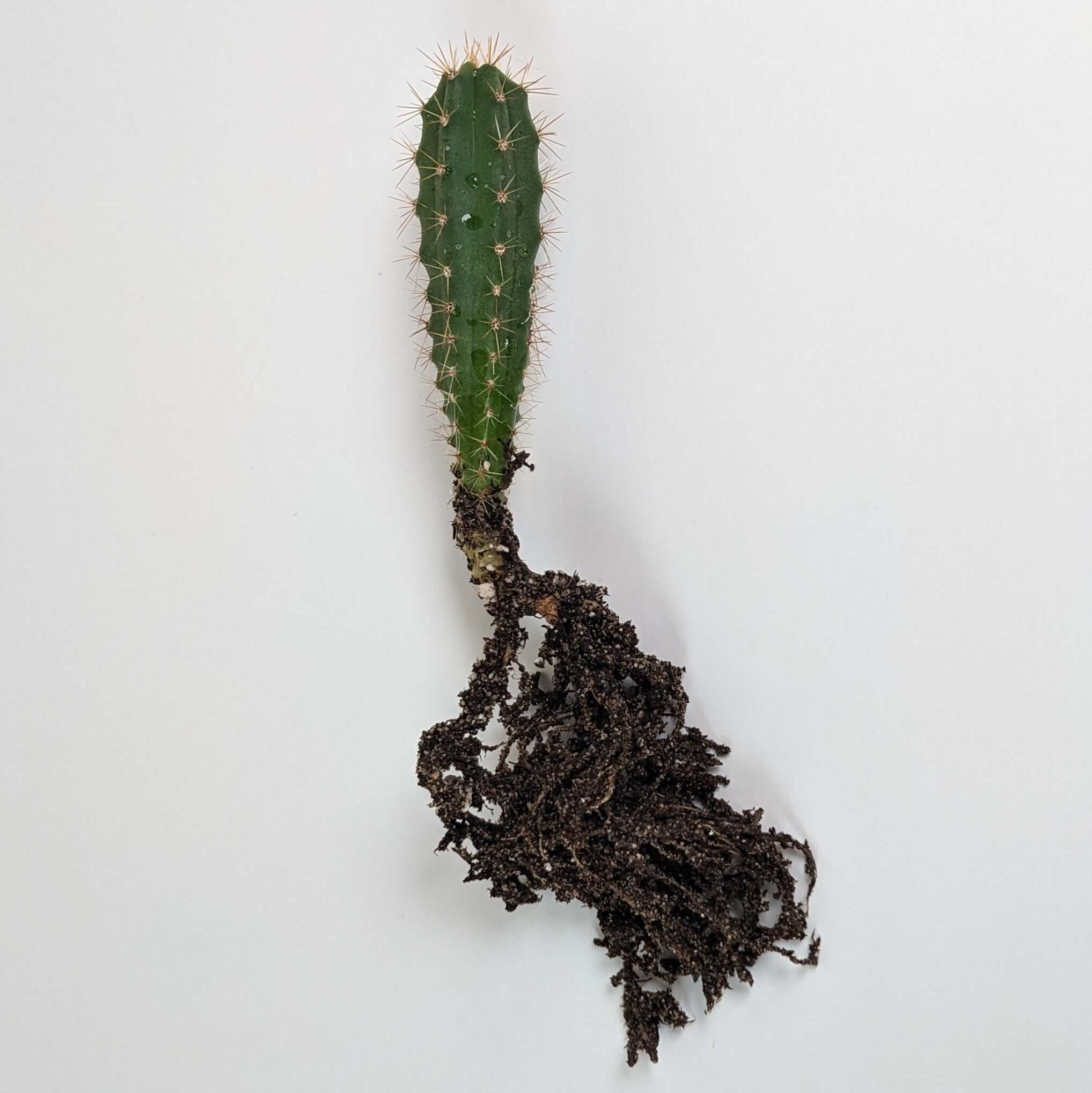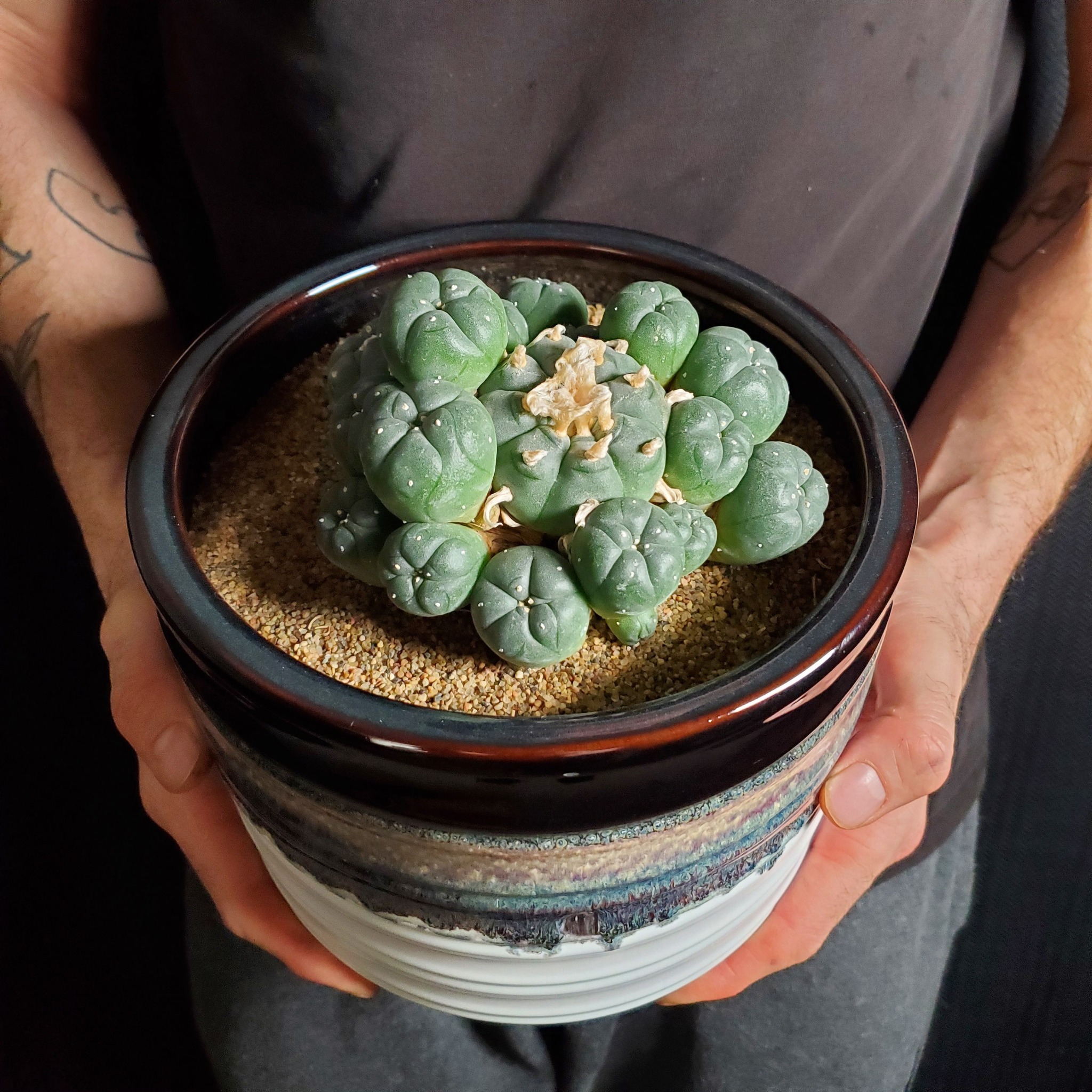Comparing Mescaline Content in Sacred Psychedelic Cacti

For millennia, sacred psychedelic cacti have served as spiritual and medicinal allies across indigenous cultures. While all contain mescaline—the primary psychoactive alkaloid—their potency varies dramatically. At Sacred Button, we honor these ancient plants while advocating responsible, legal engagement. This guide compares mescaline content in four revered species: Peyote, San Pedro, Peruvian Torch, and Bolivian Torch.
Mescaline Potency: Key Psychedelic Cacti Compared
1. Peyote Cactus (Lophophora williamsii)
The iconic Peyote cactus holds profound spiritual significance in Native American traditions. Despite its small size, it packs exceptional potency.
- Mescaline Content: 3–6% of dried weight.
- Key Insight: Among the most potent mescaline-containing cacti, but slow-growing and legally protected. Sustainable cultivation is essential.

2. Bolivian Torch (Echinopsis lageniformis, syn. Trichocereus bridgesii)
Revered by enthusiasts, the Bolivian Torch cactus rivals its relatives in potency under ideal conditions.
- Mescaline Content: 0.9–2.5% of dried weight.
- Key Insight: User reports suggest it occasionally exceeds San Pedro and Peruvian Torch in mescaline concentration, though scientific data is limited.

3. Peruvian Torch (Echinopsis peruviana, syn. Trichocereus peruviana)
Known for reliability, the Peruvian Torch cactus consistently delivers higher alkaloid levels.
- Mescaline Content: 0.8–2.0% of dried weight.
- Key Insight: A top choice for cultivators seeking balanced growth and dependable mescaline potency.

4. San Pedro Cactus (Echinopsis pachanoi, syn. Trichocereus pachanoi)
The San Pedro cactus is widely cultivated for its accessibility and resilience.
- Mescaline Content: 0.3–1.2% of dried weight.
- Key Insight: While less potent per gram, its rapid growth makes it ideal for sustainable cultivation.

5 Critical Factors Affecting Mescaline Potency
Maximizing alkaloid production requires understanding these variables:
- Genetics
- Inherent traits dictate baseline potency. Select high-yielding strains for optimal mescaline content.
- Age
- Older cacti accumulate more mescaline. Mature specimens (>5 years) offer peak concentration.
- Environmental Stressors
- Sunlight Exposure: Intense UV light boosts mescaline as a natural defense.
- Drought Cycles: Controlled dry periods stimulate alkaloid production.
- Altitude/Temperature: High-elevation climates with hot days and cool nights enhance potency.
- Wild vs. Cultivated
- Wild-harvested cacti often show higher mescaline levels due to natural stressors. Cultivated plants can match this with strategic stress mimicry.
- Harvest Timing
- Post-drought or high-sun phases yield peak alkaloid content.
Responsible Engagement & Legal Compliance
Psychedelic cacti remain sacred to Indigenous traditions and are regulated globally. Mescaline is a controlled substance in most countries, with exceptions for specific religious use (e.g., NAC members in the U.S.). Always:
- Research local laws before cultivation or consumption.
- Prioritize sustainability—never harvest endangered wild populations.
- Honor the cultural heritage of these plants.
Cultivate Your Sacred Journey
Inspired to grow these ancient allies? Sacred Button offers ethically sourced seeds for legal home cultivation:
👉 Explore Our Premium Psychedelic Cactus Seeds
Disclaimer: This content is for educational purposes only. Sacred Button does not encourage illegal activities. Consult local regulations and prioritize harm reduction.




